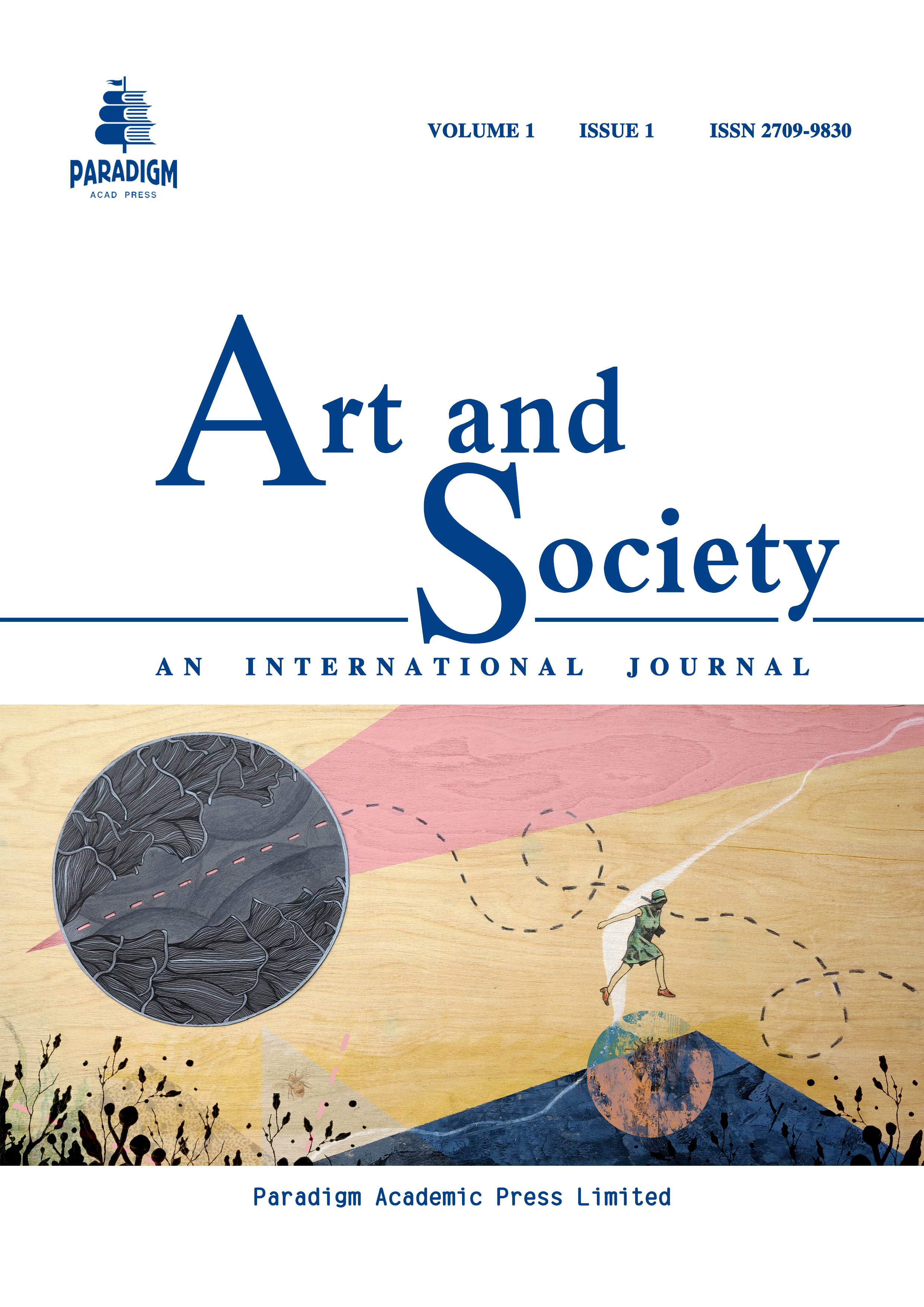How is Female Awakening Expressed in Different Cultural Contexts? A Comparative Study of Dubliners and Kim Ji-young, Born 1982
Keywords:
female awakening, gender oppression, gender rolesAbstract
This paper explores the theme of female awakening in different cultural contexts through a comparative study of Dubliners by James Joyce and Kim Ji-young, Born 1982 by Cho Nam-joo. By examining how female consciousness is portrayed in early 20th-century Ireland and contemporary South Korea, this study highlights the evolution of gender discourse in literature. In Dubliners, female awakening is depicted as a tragic realization of oppression that leads to paralysis rather than rebellion, reflecting the rigid societal constraints imposed by Catholicism, colonial rule, and patriarchal traditions. Conversely, Kim Ji-young, Born 1982 presents a protagonist whose gradual realization of gender inequality manifests as psychological distress, ultimately serving as a broader critique of systemic oppression in modern South Korea. While Joyce’s women remain trapped within societal expectations, Cho Nam-joo’s protagonist represents a shift toward vocalized feminist critique. This contrast underscores how female awakening is shaped by historical and cultural contexts, revealing the transition from silent suffering to active resistance. The study highlights the role of literature in reflecting and challenging gender inequality and offers insights into the broader evolution of feminist thought in different societies.


